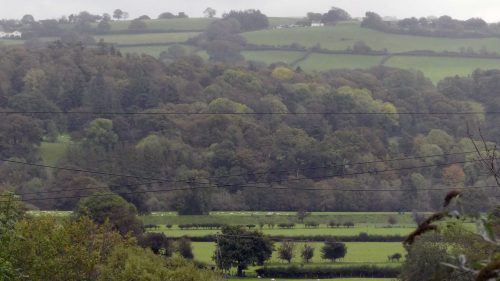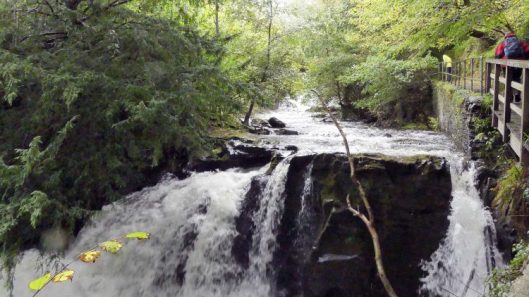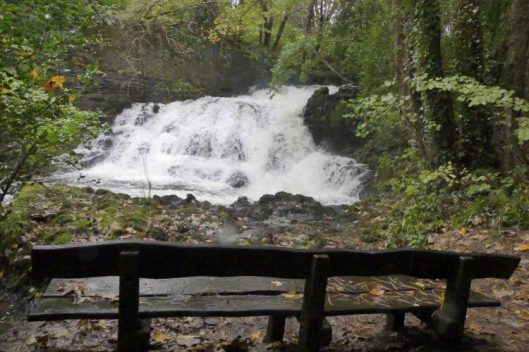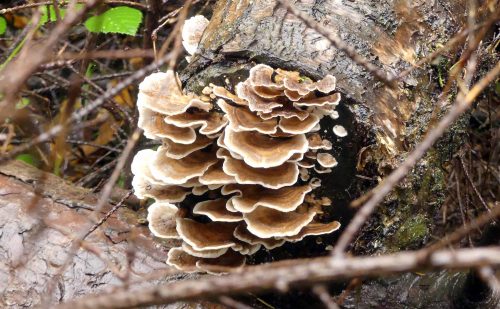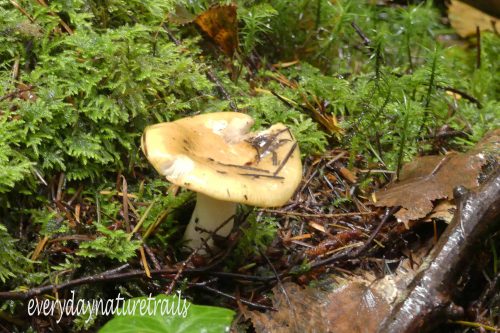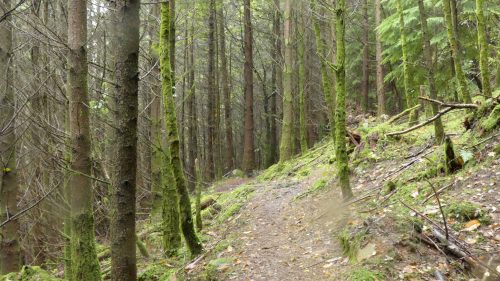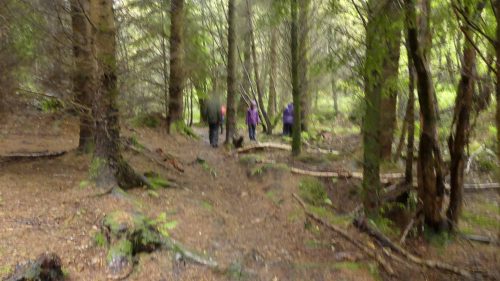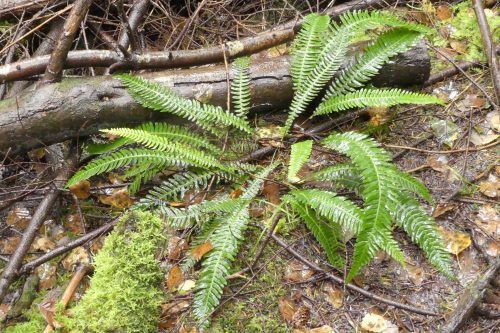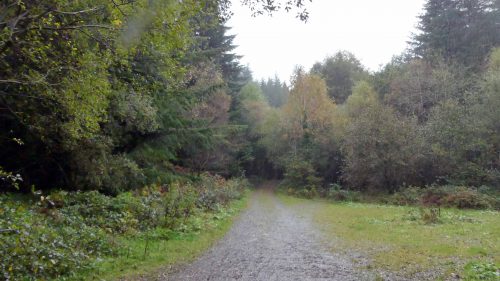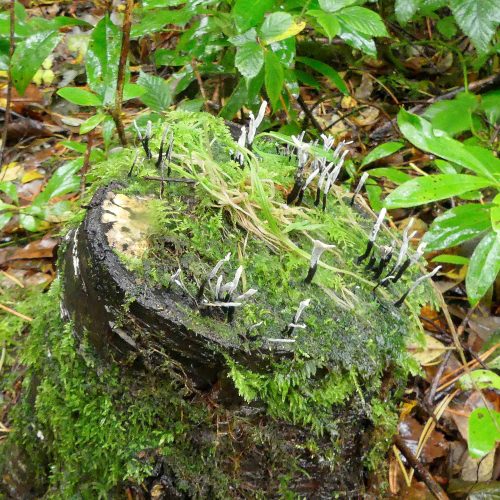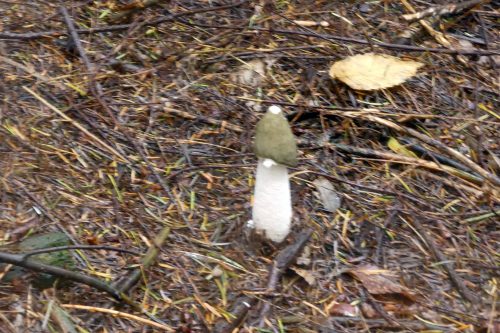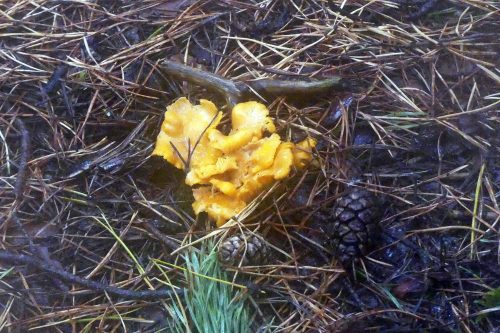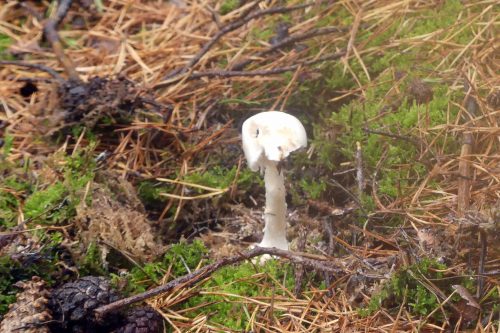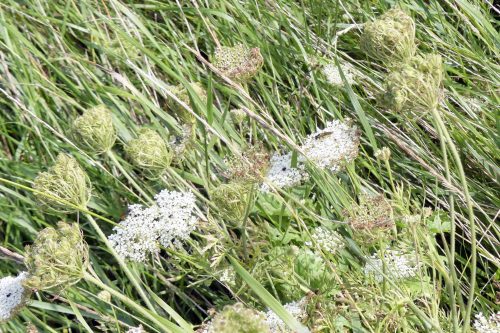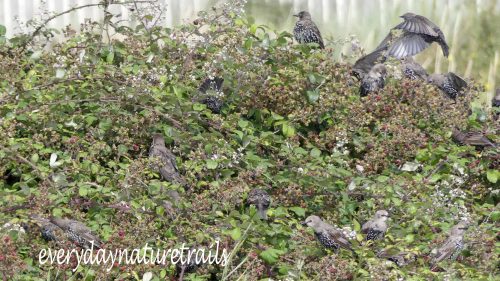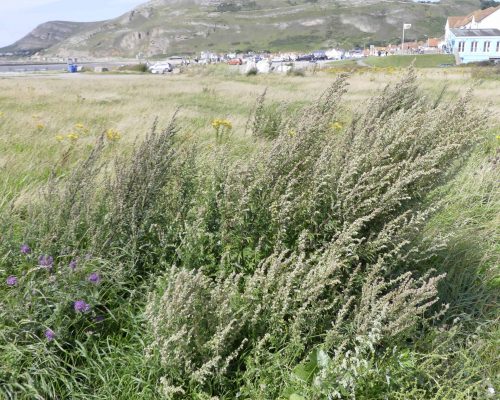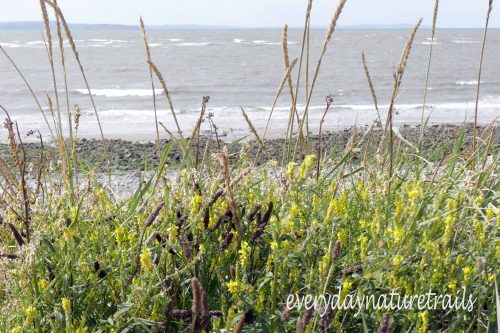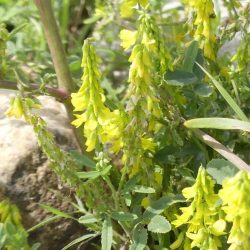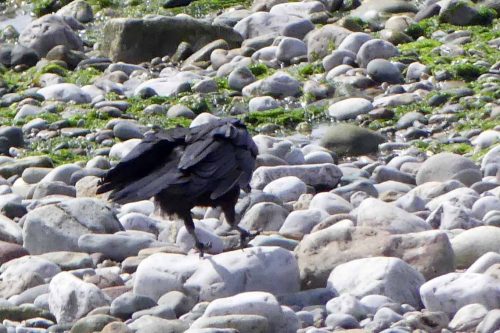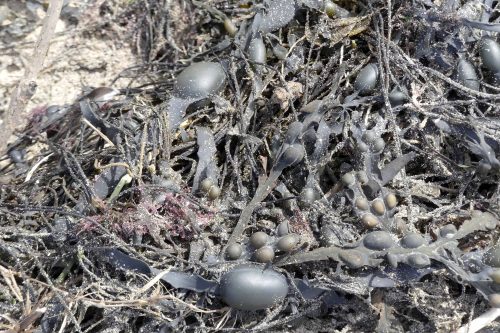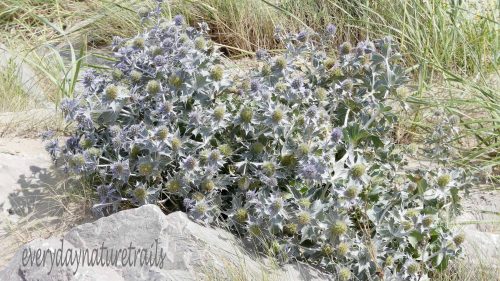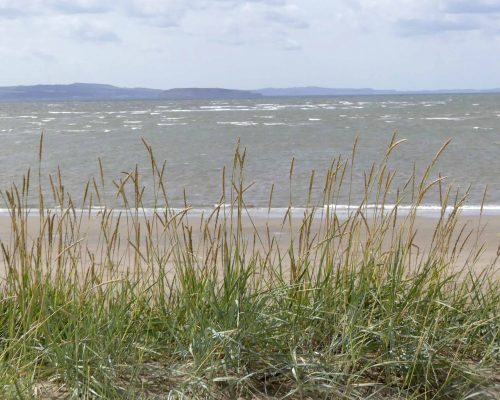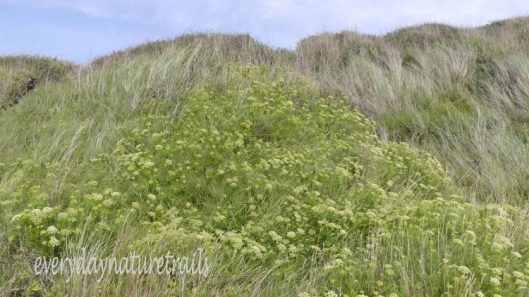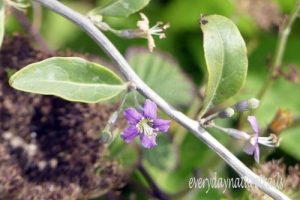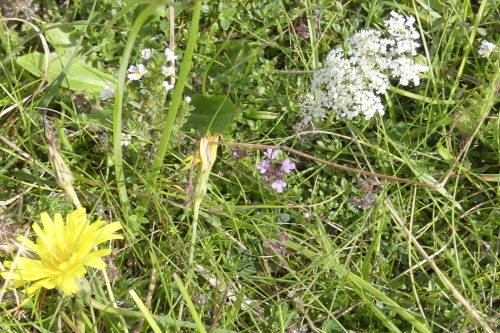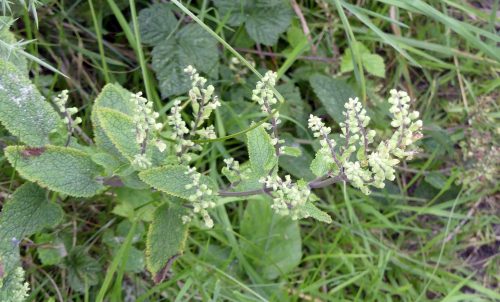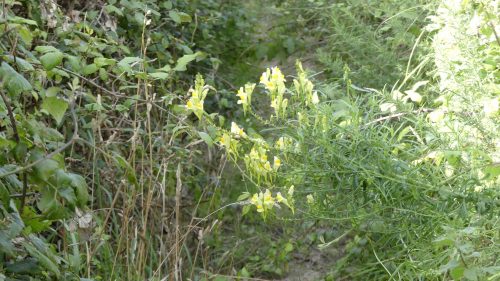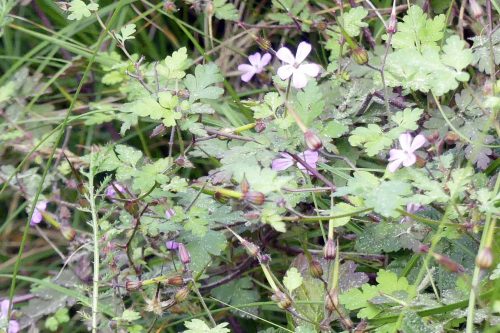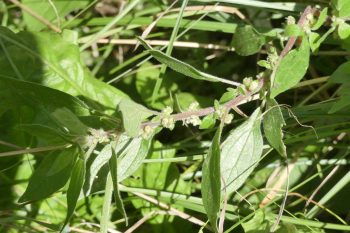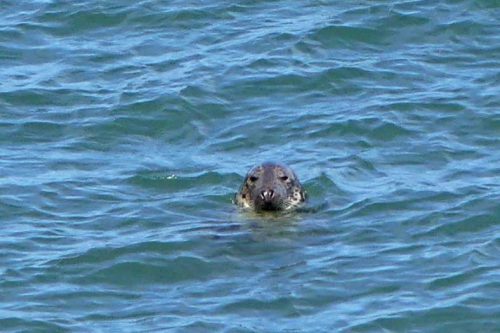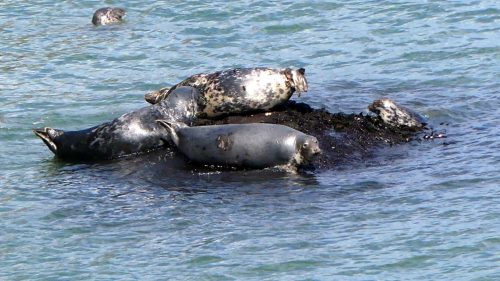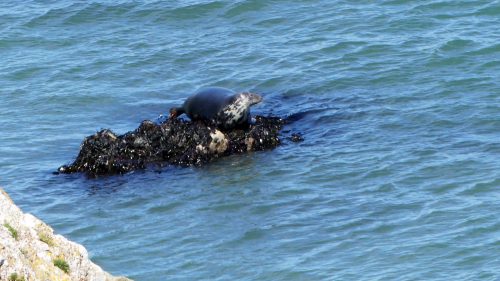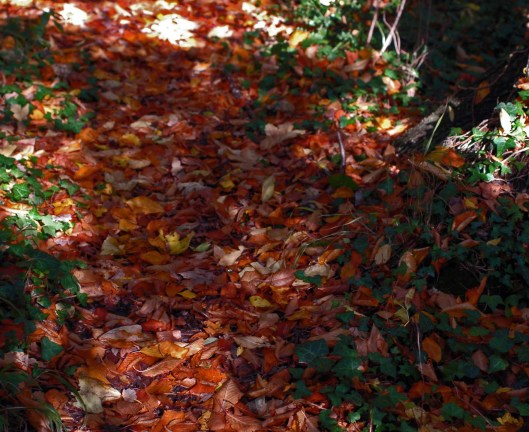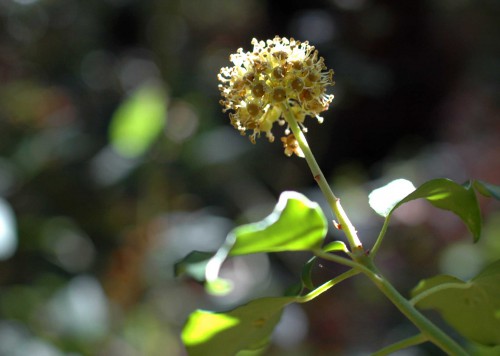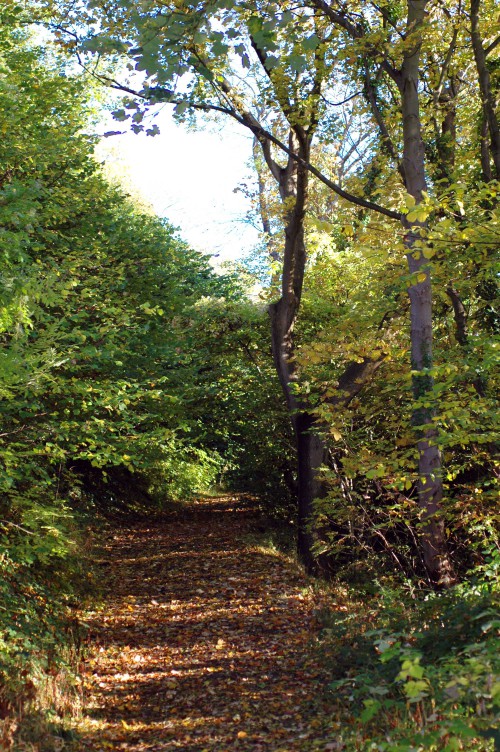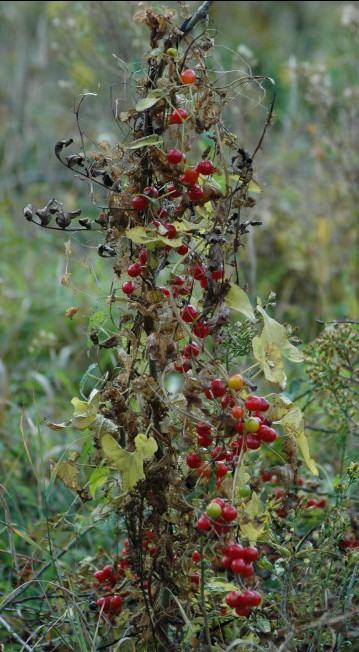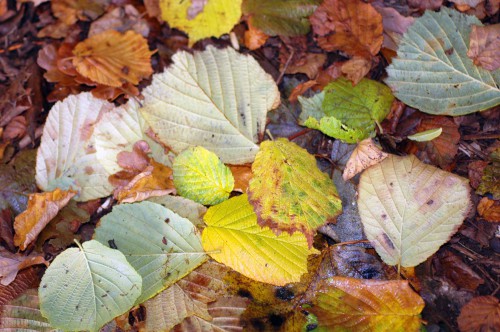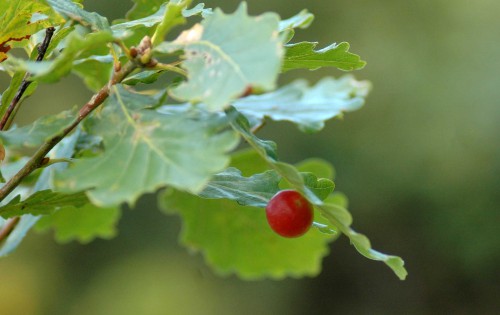Tags
autumn woodland, birch polypore, candlesnuff fungus, dyer's mazegill, fungi in woodland, fungus foray, Gwydir Forest, hare's-ear fungus, honey fungus, North Wales Wildlife Trust, recovering industrial sites, recovering woodland, Trefriw, turkey-tail fungus, wood woolly-foot
October 13th
The annual guided Fungus Forays are very popular guided walks organised by our Conwy Valley Branch of the North Wales Wildlife Trust, and this year there were two, one last weekend and the other today. The venue was the forest above Trefriw, located on the West side of the Conwy Valley and on the edge of the Snowdonia National Park. Trefriw village is popular with tourists, well known for its traditional Welsh Woollen Mill and is part of the Walkers are Welcome network, having several marked trails to follow.
12:45 Driving along the valley towards the village I could see that heavy cloud was obscuring the hills in front of me and by the time I got there they were shedding rain. Justly renowned as an area of great natural beauty and diversity, Snowdonia is equally famous as one of the wettest places in the British Isles and October is also one of the wettest months of the year. Forewarned and so forearmed, i.e clad from head to toe in waterproofs, our intrepid Forayers left the shelter of the veranda in front of the village shops, setting off like a moving rainbow to brave the elements in search of Fungi treasure.
13:15 A good beginning was this view as we crossed the road bridge that spans the tumbling Afon Crafnant. Flowing down from Llyn Crafnant located higher up the hill, it races down a series of falls through the village to join forces with the nearby Afon Conwy.
We turned left onto the road that leads up to the Lakes (Llyn Geirionydd and the afore-mentioned Llyn Crafnant), walked uphill to just past the end of the building in my photograph above, then turned left again onto a Trail that travels upstream alongside the river, approaching the top of the Fairy Falls. A fair bit of rain has already fallen this Autumn, adding to the impact of this series of falls, which become increasingly dramatic as you approach the main rocky drop.
Named the Fairy Falls to appeal to Victorian tourists, who were enchanted by thoughts of fairies, this is one of many such beautiful locations in our area that are so-named. And why not? There is definitely a magical energy in the air surrounding a powerful fall of water.
Just beyond the waterfall, near the beginning of the trail that climbs steeply up through the woodland, a pair of sharp young eyes focussed in on our first fungus. Brightly coloured and close to the edge of the path, this was Hare’s Ear, cunningly camouflaged amongst fallen oak leaves. The fungus takes both its common and scientific names from the form in which it grows.
Then at the base of a pine tree, a bracket fungus called Dyer’s Mazegill. This was quite a large one and perhaps a bit past its prime, fresher ones are fleshier and more yellow, turning darker with age. We learn that this is a destructive organism that feeds on the roots of the tree it attaches to that will eventually kill its unfortunate host. The common name Dyer’s Mazegill comes from its use for dyeing yarn; the fungus’ fruitbody produces various shades of yellow, orange and brown, depending on its age and the type of metal used as a fixative. The Mazegill part is reference to the complex, maze-like arrangement of its gills.
Next, one of the few fungi I recognise and can put a name to, the attractive and decorative Turkeytail, or to give it its more prosaic common name Many-zoned Polypore.
Another bracket fungus, which as its name, Birch Polypore implies, grows on birch tree trunks or branches, whether they’re alive or dead. In the event a host branch falls from the tree, the fungus has the ability to ‘right’ itself, so its gills always remain beneath it and its spores can fall to the ground. Also known as the Razor Strop Fungus, Barbers used to ‘strop’ or sharpen their cut-throat razors on tough, leathery strips cut from the surfaces of these polypores.
Sulphur Tufts are a wood-rotting fungus feeding on both deciduous hardwoods and conifers. Fruiting on fallen trees or decaying stumps or, sometimes in the hollow trunks of living trees, they are often found in a mixed woodland from April through to the first heavy frosts. Gregarious fungi, they tend to appear in large groups so tightly packed that the caps may be unable to expand regularly.
The name Butter Cap makes our next fungus sound tasty, but then you find out it used often to be referred to as the Greasy Toughshank, which sounds much less appealing. The names refer to the colour and appearance of the cap. It’s a very variable fungus that occurs in all types of woodland, but is mainly associated with coniferous forests on acid soils, growing beneath even the darkest of canopies, often in groups or fairy rings. We came across it fairly frequently during our foray in a variety of sizes, numbers and forms.
We continued to climb up through the woodland and the rain continued to fall heavily, in fact it seemed the higher we got the harder it fell. Derek Brockway, everyone’s favourite Welsh Walking Weatherman had warned it would do that until about 3pm, so holding the thought he might be right, and it would eventually stop, we pressed on with our mission. The steeply sloping ground and the free-draining soil beneath a layer of pine needles meant at least the ground wasn’t too slippery underfoot.
More sensible members of our group were using the cameras on their mobile phones to capture images of our finds: I could have done that too, but I’d brought my ‘proper’ camera, carrying it carefully tucked inside my coat, so I persevered with it, hoping it wouldn’t suffer too much. The light in the woods, or rather the lack of it was difficult and raindrops on the lens were a bit of a pain, but I think the wetness of everything did bring an interesting extra dimension to images. Those that I managed to keep in focus, that is.
I only caught the tail end of the chat about this Oysterling mushroom, so I didn’t hear anything interesting said about it. Looking it up later I read that the genus name Sarcomyxa comes from the Greek word särkō-, meaning flesh, and -myxa (again from Ancient Greek via Latin), meaning mucus or slime. Slimy flesh-like mushroom that does look a bit like a shelled oyster would seem to describe it well enough to remember.
14:04 Apart from the fungi, there was more that caught my eye, in the shape of ferns, lichens and mosses, but that’s not what we were here to see today. I did stop to photograph a Hard Fern, which I don’t come across often and looked nice with shiny wet fronds. Widespread throughout the UK and the rest of Europe, Hard Ferns are most often found in well shaded places, preferring moist, acidic, humus-rich conditions in woodland sites, so it’s very at home here.
This woodland, named Coed Creigiau feels like it’s always been there, but is actually a recovering woodland and a part of the Gwydir Forest. From 1850 till 1919 the mining of lead and zinc dominated the area and when it stopped it left behind a derelict industrial landscape with sparse natural woodland. The First World War had identified a national shortage in wood production, bringing about the Forestry Act of 1919 and the land was acquired from its former owners by the newly created Forestry Commission: planting of the forest began in 1921. Some natural trees would have been growing on the hills, but the majority of the original planted forest is conifer and includes Sitka spruce, Douglas fir, Japanese larch, Norway spruce and Scots pine. It’s likely that most of those original trees will have been felled as they have a plant-to-harvest cycle of 20-40 years according to the species, so those there now could be a second, third or even fourth generation. Now managed by Natural Resources Wales, recent years have seen the increased planting of native broadleaf species such as Welsh Oak, beech and ash, but faster-growing conifers are still grown to meet commercial demands for timber.
 Spending much of the time looking down to a) look out for fungi b) watch where we were putting our feet and c) avoid getting raindrops or drips from trees in our eyes, I was interested to find the prickly husks of Sweet Chestnuts scattered amongst the pines. I began to pay more attention to the presence of the trees they had come from and realised there are quite a lot of them. Introduced into this country by the Romans, the wood of the Sweet Chestnut is similar to oak but more lightweight and easier to work. Young wood has a straight grain but this spirals in older trees, so trees were coppiced and the new straight trunks used as support poles in mines.
Spending much of the time looking down to a) look out for fungi b) watch where we were putting our feet and c) avoid getting raindrops or drips from trees in our eyes, I was interested to find the prickly husks of Sweet Chestnuts scattered amongst the pines. I began to pay more attention to the presence of the trees they had come from and realised there are quite a lot of them. Introduced into this country by the Romans, the wood of the Sweet Chestnut is similar to oak but more lightweight and easier to work. Young wood has a straight grain but this spirals in older trees, so trees were coppiced and the new straight trunks used as support poles in mines.
We crossed a hard-surfaced track, and on the edge of the next section of forest, one of my favourite sights of the day, a group of weird and intriguingly named Candlesnuff fungus, growing with moss atop a Birch stump. Its name might imply it is something that once gave light but which has been put out, but I learned that ‘it is a bioluminescent fungus, and in a really dark place it can be seen to emit light continually as phosphorus accumulated within the mycelium reacts with oxygen and other chemicals in the fungus‘. (firstnature.com)
In a nest of pine needles, we spotted the ‘egg’ from which the phallically formed Stinkhorn Fungus will emerge.
Some Victorians were so offended or embarrassed by the appearance of these fungi that they’d go out at dawn and batter them with cudgels to stop them spreading their spores, and to avoid letting the Stinkhorns make a ‘bad impression’ on any young ladies who might decide to take a morning walk in the woods!
Later on we discovered a fully grown specimen – led to it from some distance away by the truly bad smell it emitted, like that of a dead animal. You definitely wouldn’t confuse that one with anything else!
My main interest lies in the amazing array of shapes, forms and colours of the different species, then how they got their names and of course how photogenic they are. I’m too cowardly and way too inexperienced in the identification of most fungi to risk eating almost any gathered from the wild. However, this next one I do know well as one of the most sought after fungi, much prized by foodies and chefs. Pushing up through pine needles, twigs and cones we came upon this cluster of colourful Chanterelles, one I have eaten and may again, especially witht belt-and-braces id from an expert, as today.
AT THE RISK OF REPEATING MYSELF – PLEASE BEWARE OF THESE!! Around 10% of fungi species are poisonous and there are some you definitely must learn to identify positively if you’re a forager – death from eating any of these fungi would be a horrible way to go!
Growing just a metre or so away from the Chanterelles was a fungus to be avoided at all cost: the Destroying Angel, more likely to be encountered in the more mountainous areas of the British Isles as here, than in the lowlands.
I think (hope!) I’ve matched the right image for this next one as it’s another fungus to be avoided at all costs. The common name for this is Funeral Bell and pro rata its size, we were told it is one of the most poisonous of all fungi growing in the British Isles, containing the same deadly poisonous toxins that occur in the Death Cap. This notorious Funeral Bell appears on conifer stumps and occasionally on the stumps of broadleaf trees.
Back on safer ground, for people that is, the common-and-dreaded-by-gardeners Honey Fungus. I had no idea it could, and clearly does grow this big!
There were several large mushrooms up here whose caps looked like they’d been trodden on and were covered in leaf-litter, pine needles and the like. We were told these are Large Rustlers, Russula sp. (I don’t know which one) that apparently push themselves up to the surface fully open, an unusual trait amongst fungi.
15:10 From this point we made a right turn onto a track through the trees to begin our descent. This is where we smelt the Stinkhorn featured further back and where following our noses to locate it, we found another fascinating species, known as Piggyback fungus, so-called as it parasitizes other species of mushrooms. I’m claiming really bad light and a need to hurry on to catch up again as an excuse for this blurry image. You get the general idea though.
Scurrying downwards we soon emerged from the forest onto a hard-surfaced track and, joy, it stopped raining and gradually, a mere 15 minutes or so later than Derek had predicted, the sun came out!
There were a few more fungi spots including more nice Birch polypores, clearly growing on a living Birch tree.
And to finish there was this attractive little fungus called the Wood Woolly-foot Gymnopus peronatus (syn. Collybia peronata); its common name refers to the lower half of the stem being covered in fine white hairs.
The last part of our walk back to where we started was pleasant, the sunny interlude allowing us time to chat, warm up a little and amble back rather than hurry to get out of the rain. But I hope this account goes to show that good outings can still happen in not-so good weather!
AFTERTHOUGHTS & ACKNOWLEDGMENTS
Led by two of our members, Dave and Joan Prime, I was amazed at the number and variety of species found for us and about which Dave shared his extensive knowledge so generously and in such an entertaining way. This was my first guided Fungus Foray in Wales, many of the species were completely ‘new’ to me and I would have struggled to accurately identify them from reference books. Those I’ve included in this post are mostly the ones I took the clearest or most interesting photographs of and which I’m pretty confident I’ve matched the correct names to. We were actually shown more than I could properly record without missing out on information, a good reason to go back for more next year!
If you are planning to forage for fungi as free wild food, do please make sure you absolutely know without a shadow of a doubt which are the poisonous ones!
References: To find more information, scientific names etc for species I referred frequently to my own reference books, the First Nature website and also to Wikipedia for more general information. As always, if you spot any inaccuracies please let me know and I’ll amend them.

